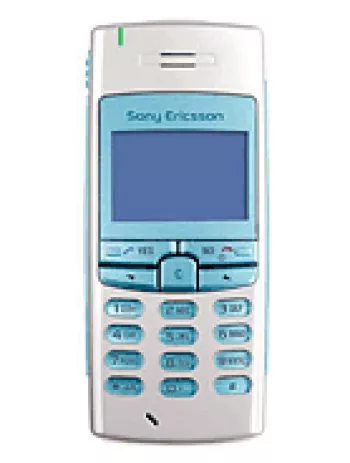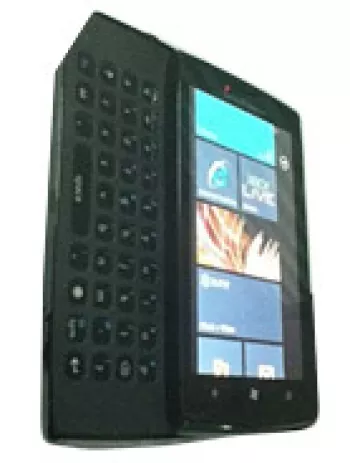Unveiling the Sony Ericsson K220 Specs Prices Pros & Cons

Overview
The Sony Ericsson K220 is a feature phone that was launched in February 2007. Known for its simplicity and reliability, the device was aimed at users who desired a straightforward mobile experience without the complexities of modern smartphones. Although discontinued, the K220 remains a memorable model in Sony Ericsson’s lineup.
Design and Build
With dimensions of 103 x 46 x 16.7 mm and weighing only 82 grams, the Sony Ericsson K220 was compact and light, making it highly portable and easy to carry in pockets. The design featured a classic candy bar shape, offering durability and a comfortable grip. It came with a Mini-SIM slot and was available in two color variants: Frost White and Ocean Blue. The use of CSTN technology for its display allowed for 65K colors, providing colorful but basic visual feedback on its 1.6-inch screen.
Display
The display of the K220 featured a CSTN screen with a resolution of 128 x 128 pixels. Although not designed for multimedia consumption, the screen served its purpose for essential phone functions and allowed users to navigate the device’s menus and functions with ease. This modest screen covered approximately 17.4% of the front body's surface, emphasizing its focus on simplicity and functionality rather than display grandeur.
Camera
Equipped with a VGA camera, the Sony Ericsson K220 provided basic photography capabilities. The 0.3 MP camera was sufficient for capturing simple snapshots, suitable for users who didn’t prioritize high-resolution photography. However, the device did not support video recording, aligning with its role as a feature phone.
Memory and Storage
The Sony Ericsson K220 was limited in terms of memory and storage, with an internal storage capacity of 2MB and no card slot for expansion. Despite these constraints, the phone could store up to 300 phone book entries and maintain a record of 20 received, dialed, and missed calls. This storage configuration emphasized the phone's focus on communication over data storage and media playback.
Battery Life
Powered by a removable Li-Po 900 mAh battery, the K220 offered a noteworthy battery performance for its class, with a standby time of up to 300 hours and a talk time of up to 8 hours. This longevity was a key selling point for users who needed a reliable device without frequent recharging.
Network and Connectivity
The K220 supported GSM 900/1800 networks, giving it relatively broad compatibility for voice calls and text messaging. While it offered basic connectivity through an infrared port and stereo FM radio with RDS, it lacked modern connectivity options such as Bluetooth, WLAN, and USB. Notably, the phone was equipped with a WAP 1.2.1 browser, facilitating basic internet access for essential online tasks.
Sound and Communication Features
Sony Ericsson included polyphonic ringtones and vibration alerts in the K220. It supported SMS, EMS, and MMS messaging, enabling users to send texts and multimedia messages. The phone did not feature a 3.5mm headphone jack, but users could listen to FM radio — a prized feature for entertainment on the go.
Additional Features
The device included basic gaming options and provided simple entertainment for users in need of casual gaming. Despite lacking Java support, the K220’s software suite fulfilled its role as a utilitarian communication device, focusing on straightforward usability without the complexity of more advanced operating systems.
Market Position and Pricing
When launched, the Sony Ericsson K220 was priced at approximately 50 EUR, positioning it as an affordable option in the market. Its price point and feature set made it an appealing choice for budget-conscious consumers and those seeking a reliable backup device.
Conclusion
The Sony Ericsson K220 catered to a niche audience that desired simplicity, longevity, and reliability in a mobile phone. Its straightforward design, along with essential communication features, allowed it to stand out as an attractive choice for basic phone users during its time. While the device is considered outdated by today’s standards, it served its purpose effectively within its market niche and remains a noteworthy example of a successful feature phone from Sony Ericsson's portfolio.
Main Features of Sony Ericsson K220
- Compact and lightweight with dimensions 103 x 46 x 16.7 mm and weight 82 g
- GSM technology supporting 2G bands (GSM 900 / 1800)
- VGA main camera for basic photography
- Built-in stereo FM radio with RDS support
- Infrared port for data transfer capabilities
- Messaging support for SMS, EMS, and MMS
- Removable Li-Po 900 mAh battery providing up to 300 hours standby and 8 hours talk time
- Available in attractive colors: Frost White, Ocean Blue
Disadvantages of Sony Ericsson K220
- No EDGE support for faster data transfer.
- Discontinued model; not available for purchase as new.
- Poor display features with CSTN, 65K colors only.
- Low resolution display at 128 x 128 pixels.
- No memory card slot for storage expansion.
- Very limited internal memory of only 2MB.
- VGA camera without video recording capability.
- No front-facing selfie camera.
- Lacks Bluetooth and USB connectivity options.
- No WLAN support.
- No positioning features like GPS.
- No 3.5mm audio jack.
- No Java support for additional applications.


View Also
More Phones
All Rights Reserved +13924 Phones © Mobilawy 2025

























